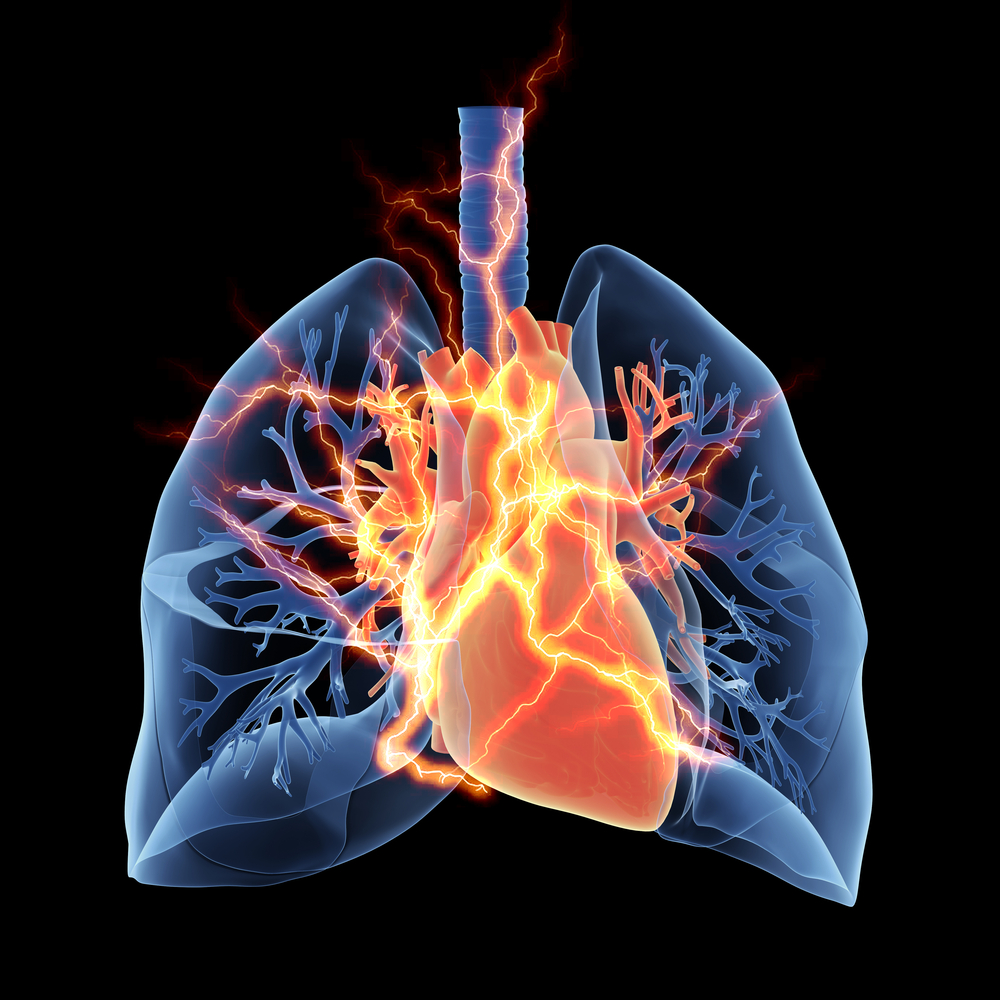Left Heart Dysfunction Plays Key Role in Severe PAH, Study Suggests

Left heart dysfunction may play an important role in severe pulmonary arterial hypertension (PAH), and should be monitored to optimize treatment, according to new research.
The study, “Impact of Severe Pulmonary Arterial Hypertension on the Left Heart and Prognostic Implications,” was published in the Journal of the American Society of Echocardiography.
Patients with severe PAH develop a dilated and dysfunctional right ventricle (RV), which is associated with right heart failure. Despite data indicating that PAH patients may also have left ventricle (LV) dysfunction, RV failure’s impact on the left side of the heart is still scarcely understood.
Aiming to address this gap, a team from the United States and Switzerland studied 114 adult patients (mean age 54 years; 93 women) with severe PAH and normal LV ejection fraction (LVEF, how much blood the heart’s left ventricle pumps out with each contraction), who were compared to 70 controls of similar age with no history of cardiovascular disease.
The most common cause of severe PAH was connective tissue disease (44% of patients). A total of 48 patients (42%) died over a mean follow-up of 20 months.
Using trans-thoracic echocardiograms, the researchers measured the size of the atria (the heart’s upper chambers), function and volume of the ventricles, tricuspid and mitral valve regurgitation — blood flowing back to the left atria or the heart, respectively, due to the valve not closing tightly — and LV diastolic function, which refers to this chamber’s ability to fill adequately.
The researchers also determined the LV global longitudinal strain (GLS), a predictor of mortality in patients with acute heart failure.
Results showed that, compared to controls, patients with severe PAH had RV dysfunction and LV diastolic dysfunction. These patients also exhibited greater tricuspid regurgitation severity, and right heart size with worse function.
In turn, both left atrial peak strain — a measure of left atrial and ventricular function — and LV GLS were decreased in severe PAH patients. These differences were more significant in the patients who had died, as were greater pulmonary artery systolic pressure, right heart size, and worsened RV function.
A subsequent analysis found that, unlike heart rate and blood pressure, right atrial volume index (dividing the chamber’s volume by the body surface area), RV free wall strain (previously associated with mortality in PAH patients), and LV GLS parameters all correlated independently with mortality.
Of note, when the results were stratified, an LV GLS value greater than -15% “had the greatest association with mortality,” the researchers said.
“Although PAH is predominantly a right heart disease, in our cohort of [sPAH, or severe PAH] with normal LVEF, LV GLS was independently associated with death in addition to RV and right atrial abnormalities. These findings indicate that the role of left heart dysfunction in sPAH may be under-appreciated in clinical practice,” the team concluded.
“We believe … that reduced LV GLS is clinically relevant as a high-risk marker, specifically in patients with sPAH, in whom compromised RV function alone may no longer be sufficient as a prognostic marker. Accordingly, including this parameter in the echocardiographic follow-up of these patients may be beneficial,” the researchers said.







